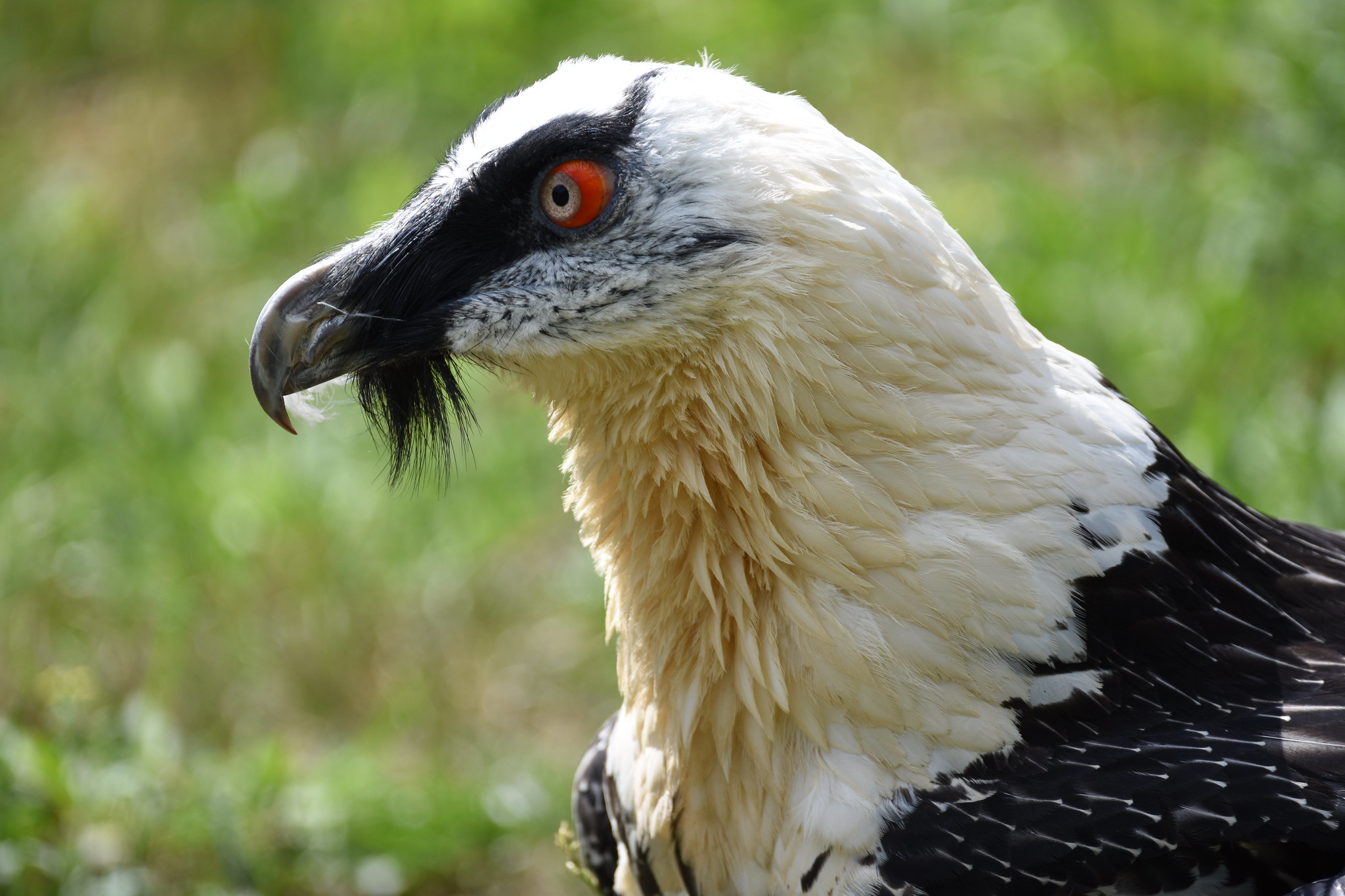
The bearded vulture, often revered as a creature of myth and majesty, captures the imagination of bird enthusiasts and nature lovers alike. Known for its striking appearance and unique feeding habits, this magnificent bird is a fascinating subject for study. Found predominantly in mountainous regions, the bearded vulture is not only a symbol of wilderness but also an essential part of its ecosystem. This article delves deep into the characteristics, habitat, and conservation of the bearded vulture, shedding light on why it deserves our admiration and protection.
The bearded vulture, also called the Lammergeier, stands out with its impressive wingspan that can reach up to 2.8 meters (9 feet). With its distinctive black "beard" of feathers and striking orange coloration, it is a sight to behold soaring over high cliffs and craggy mountains. But beyond its beauty, the bearded vulture plays a crucial role in its environment as a scavenger that primarily feeds on bones, contributing to the cycle of life in its habitat.
As populations of the bearded vulture face threats from habitat loss and human interference, understanding its behavior and ecology becomes even more critical. This article aims to educate readers about the bearded vulture, the challenges it faces, and what can be done to help preserve its existence for future generations. Join us on this journey to uncover the secrets of one of nature’s most intriguing birds.
What is the Habitat of the Bearded Vulture?
The bearded vulture thrives in mountainous habitats, preferring rocky cliffs and alpine regions. Its range extends across the Himalayas, the Alps, and parts of Africa, demonstrating its adaptability to various environments. Key characteristics of its habitat include:
- High-altitude cliffs for nesting
- Open grasslands and rocky terrains for hunting
- Availability of carrion, particularly large animal bones
What Does the Bearded Vulture Eat?
The diet of the bearded vulture is quite unique compared to other birds of prey. Unlike typical scavengers, it specializes in feeding on bones. Some interesting facts about its feeding behavior include:
- The bearded vulture can carry bones weighing up to 3 kilograms (6.6 pounds).
- It often drops bones from great heights onto rocks to break them open and access the marrow inside.
- Up to 70% of its diet consists of bone matter, showcasing its specialized feeding adaptations.
How Does the Bearded Vulture Reproduce?
The breeding habits of the bearded vulture are fascinating. These birds are monogamous, typically forming lifelong pairs. Key points about their reproductive behavior include:
- Nesting usually occurs on high cliffs, providing safety from predators.
- The female lays one to two eggs, which both parents incubate for about 50 days.
- Chicks fledge at around 90 days but depend on their parents for food for several months after.
What are the Threats Facing the Bearded Vulture?
Despite its adaptations and hunting prowess, the bearded vulture faces several threats that jeopardize its survival. These include:
- Habitat destruction due to human encroachment and development.
- Poisoning from lead ammunition and other toxins found in carcasses.
- Decline in prey availability as ecosystems change.
What Conservation Efforts are in Place for the Bearded Vulture?
Conservationists and governments are increasingly aware of the plight of the bearded vulture and are implementing various measures to protect its population. Initiatives include:
- Protected areas have been established in key habitats.
- Breeding programs in captivity are being developed to boost numbers.
- Awareness campaigns aim to educate local communities about the importance of the species.
What Can You Do to Help the Bearded Vulture?
Every individual can play a role in helping to conserve the bearded vulture. Here are some actions you can take:
- Support conservation organizations focused on wildlife protection.
- Participate in local clean-up efforts in natural habitats.
- Educate others about the importance of preserving endangered species.
Conclusion: Why the Bearded Vulture Matters
In conclusion, the bearded vulture is not just a remarkable bird of prey; it is an essential component of our ecosystem. By understanding its unique characteristics and the challenges it faces, we can appreciate its significance in nature. The plight of the bearded vulture serves as a reminder of the delicate balance in our ecosystems and the responsibility we hold in protecting these majestic creatures for future generations.
ncG1vNJzZmirn521b6%2FOpmasp5idu6bD0qCcq7FnZK%2BmrdGdnJ1lpqq5tcHRnmWhrJ2h